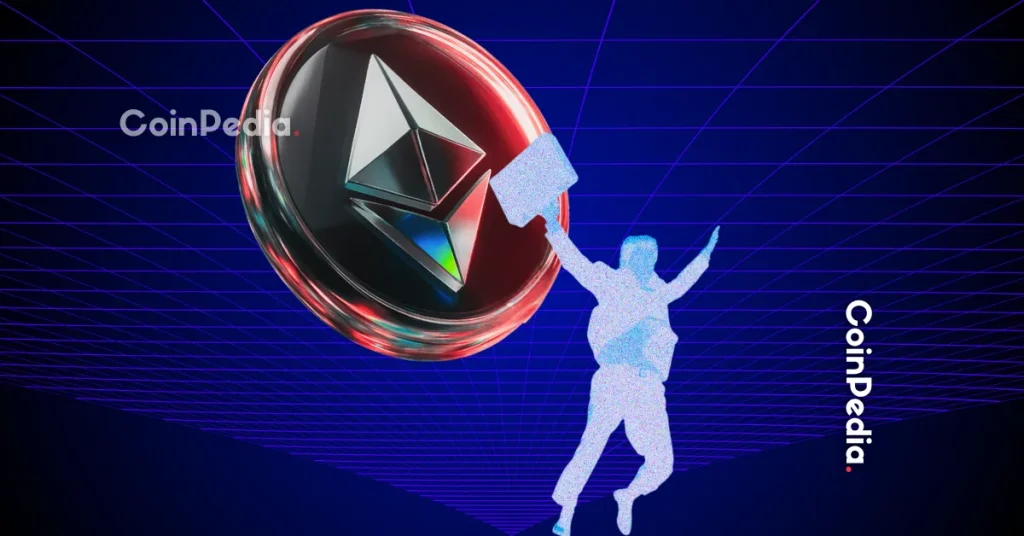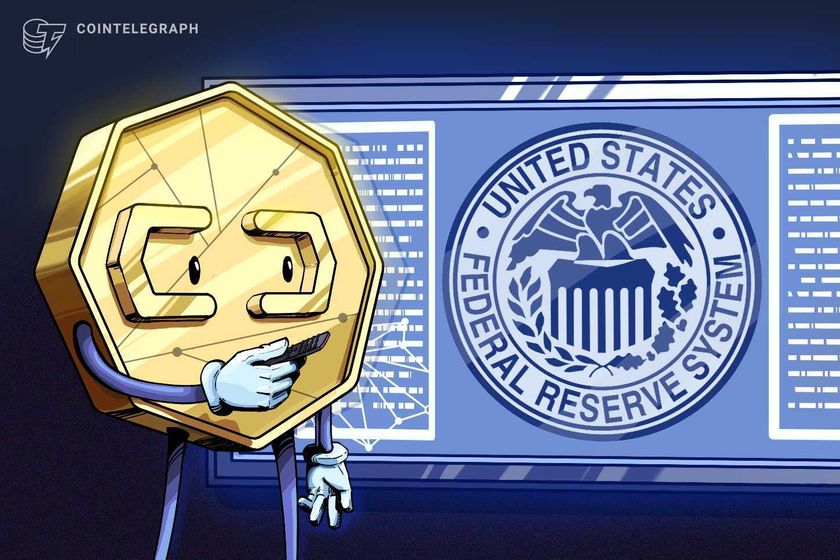Henrik Zeberg Predicts Ethereum Rally Before Massive Crypto Market Crash

The post Henrik Zeberg Predicts Ethereum Rally Before Massive Crypto Market Crash appeared first on Coinpedia Fintech News
Henrik Zeberg, the Head Macro Economist at Swissblock, known for connecting macroeconomic cycles with asset bubbles, says we are now living through what he calls “the biggest bubble in modern financial history.”
He predicts that Ethereum (ETH) is poised for a significant price surge in the near term, followed by a major crash across the entire cryptocurrency market.
Ethereum Price Prediction
According to Zeberg, current global financial conditions are fueling a “blow-off top,” a phase characterized by extreme price euphoria before a market peak.
In a tweet post, he anticipates that Ethereum will not only join but may outperform Bitcoin in this sharp upward move, driven by rising institutional interest, Layer 2 adoption, and Ethereum’s essential role in the DeFi and Web3 ecosystems.
Data and analysis after the October market flash crash indicate that ETH saw a 52.9% surge in futures volume, highlighting enduring demand and market resilience even as volatility persists.
Meanwhile, institutional developments such as growing spot-ETH ETF interest and the expansion of tokenized assets expected to surpass $25 billion by early 2025, support Zeberg’s view of Ethereum’s strong near-term potential.
- Also Read :
- Crypto News Today [Live] Updates On October 28 2025
- ,
A Blow-Off Top Before the Collapse
Zeberg warns that global markets are in the “biggest bubble ever,” fueled by years of easy money and investor greed. But with inflation returning, he says the era of “free liquidity” is over.
He predicts a final “blow-off top,” a sharp, emotional rally before a major crash. According to him, Ethereum could outperform Bitcoin in this last surge as altcoin excitement peaks, but both will likely face a deep correction afterward.
Drawing from history, Zeberg compares today’s euphoria to the 1840s railway boom and the 2000 dot-com bubble, both revolutionary, yet followed by painful collapses.
Ethereum Price Outlook
Ethereum’s recent bounce from $3,686 to $4,134 shows its volatility and potential for rapid gains.
As of now, Ethereum (ETH) is showing signs of a potential breakout as its price forms a symmetrical triangle, a pattern that often leads to strong moves once the price breaks out.
The Relative Strength Index (RSI) sits around 54, showing that buying pressure is building, but the asset isn’t overbought yet, suggesting there’s still room for further gains if momentum continues.
Never Miss a Beat in the Crypto World!
Stay ahead with breaking news, expert analysis, and real-time updates on the latest trends in Bitcoin, altcoins, DeFi, NFTs, and more.
FAQs
While both are major cryptocurrencies, Ethereum’s value is also tied to its foundational role in powering decentralized finance (DeFi) and Web3 applications, not just as a digital asset.
Lower rates boost market liquidity and investor optimism, often fueling crypto rallies—Ethereum could benefit the most.
As per our Ethereum price forecast 2025, the ETH price could reach a maximum of $9,428.11.
You May Also Like

Federal Reserve expected to slash rates today, here's how it may impact crypto
Market participants are eagerly anticipating at least a 25 basis point (BPS) interest rate cut from the Federal Reserve on Wednesday. The Federal Reserve, the central bank of the United States, is expected to begin slashing interest rates on Wednesday, with analysts expecting a 25 basis point (BPS) cut and a boost to risk asset prices in the long term.Crypto prices are strongly correlated with liquidity cycles, Coin Bureau founder and market analyst Nic Puckrin said. However, while lower interest rates tend to raise asset prices long-term, Puckrin warned of a short-term price correction. “The main risk is that the move is already priced in, Puckrin said, adding, “hope is high and there’s a big chance of a ‘sell the news’ pullback. When that happens, speculative corners, memecoins in particular, are most vulnerable.”Read more

Shiba Inu’s (SHIB) Price Prediction for 2025 Points to 4x Growth, But Mutuum Finance (MUTM) Looks Set for 50x Returns
